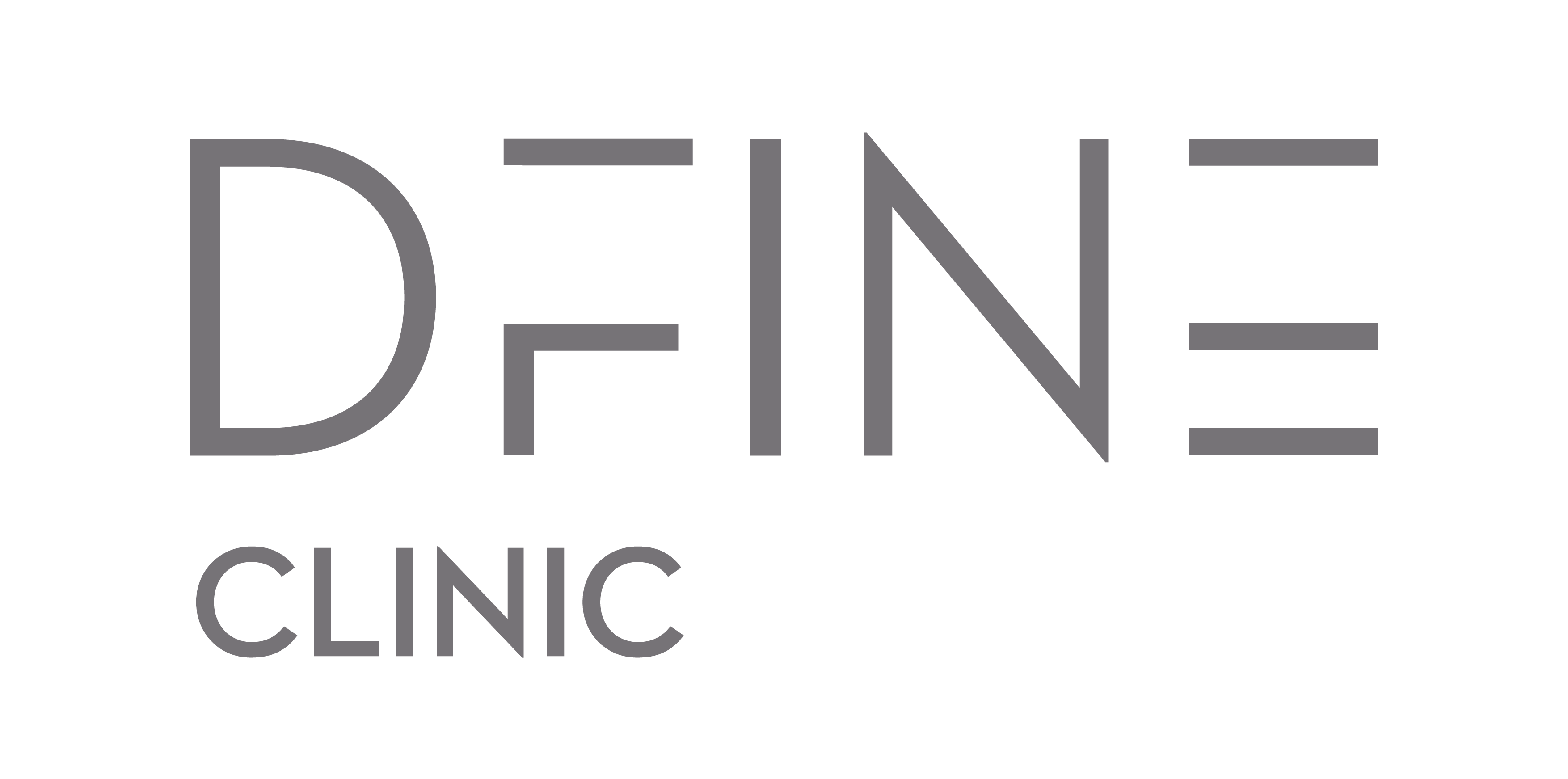CESAREAN SECTION SCAR
POST CESAREAN SCAR CORRECTION
One of the most frequent queries that patients ask us is whether the cesarean section scar can be removed. On many occasions, the appearance of these scars is unsightly, preventing the patient from wearing bikinis.
The scars can be wide, depressed and adherent with deep planes and sometimes even dark. This can be associated with a bulging appearance of the abdomen, due to the separation of the abdominal muscles after pregnancy.
The cesarean section scar can be corrected by surgical intervention. This surgery consists of removing the old scar and creating a new,, almost invisible one, rebuilding the correct planes.
The same intervention can be used to rebuild the muscles and repair abdominal diastasis or separation. As a result, a flat stomach appearance is achieved, excess skin is reduced and flaccidity is improved. . In some cases we also carry out a small liposuction to highlight the shapes and give the abdomen a sinuous and attractive appearance.
PRICE
PRICE

FROM 1.900€
DURATION
DURATION

1 HOUR
ANESTHESIA
ANESTHESIA

LOCAL
RESULTS
RESULTS

3-4 MONTHS
PRICE

FROM 1.900€
DURATION

1 HOUR
ANESTHESIA

LOCAL
RESULTS

3-4 MONTHS
BEFORE AND AFTER
The trust of our patients extends to the post-operative period, when they allow us to share their before and after so that other people can see our work. The only retouching of these images is that of tattoo ink and skin moles, erased to protect the privacy of our patients.


Post cesarean scar correction


Post cesarean scar correction


Post cesarean scar correction
FREQUENTLY ASKED QUESTIONS
You may notice an improvement in stretch marks, depending on the amount of skin that needs to be removed.
The new scar is hidden under underwear and bikini. Initially it will be reddish until after 4-6 months, but if it is properly cared for it will gradually lose its intense color until it becomes white.
The duration of the cesarean section scar correction surgery is 1 hour. However, if it is combined with muscle repair or liposuction, it can last between 2-3 hours.
Scar correction is an outpatient surgery that does not require hospitalization. The patient can go home the same day of the intervention, after a period of observation.
A blood test, an electrocardiogram and an abdominal ultrasound under effort will be needed to identify possible hernias.
The intervention is performed under local anesthesia and, sometimes, with sedation. In the case of abdominal diastasis repair, it will be done under general anesthesia.
Before surgery, it is recommended not to smoke or take medications that can alter blood coagulation (such as some pain relievers or some natural products). In patients who regularly take anticoagulants, it will be the doctor who will indicate the suspension.
It is advisable not to eat breakfast before surgery or, in the case of being done under general anesthesia, you must fast for 6-7 hours beforehand. It is also recommended not to wear metal in direct contact with the body (such as earrings, chains, watches, rings, etc.) as well as to avoid make-up or nail polish.
The postoperative period after a cesarean section scar correction is not painful. However, analgesics will be prescribed to avoid possible discomfort or pain. In case of having to repair the abdominal muscles, the pain can be more intense, but also controllable with analgesics.
From the first moment. The scars, however, will take between three and four months to take on their final appearance.
During the first 48 hours after the procedure, it is advisable not to smoke and to avoid medications that may promote bleeding. The patient should wear a light compression garment for 3-4 weeks, day and night, removing it only to shower. Compression is convenient to give comfort to the patient and speed up her recovery. You should also protect yourself from sunlight (SPF 50+) and extreme temperatures (sauna, thermal treatments or freezing weather) for the next two weeks. Finally, two weeks after the intervention, specific creams will be applied and lymphatic drainage will be performed to speed up recovery and improve results.
The patient should wear the compression garment for three to four weeks after surgery. This is essential after any abdominoplasty, due to the wide detachment that is made of the skin and muscles. Otherwise, liquid could accumulate between the two.
Yes, but it is best to wait 1 year after delivery. As a result of pregnancy and abdominal distension, the rectus abdominis muscles will separate from each other and, therefore, the abdomen appears bulging and not as flat as before. This is corrected by joining these muscles through special sutures known as a sting. This is how you get a flatter and stronger stomach.
The patient will be able to sunbathe once the inflammation has disappeared, which means waiting approximately one month. However, the scar should always be protected from sun exposure, either with total protection cream (SPF 50+) or with scar-reducing strips.
Virtually none. There are usually no complications and, if there are, they are not serious.
In general, one month after surgery, the patient will be able to start doing basic physical activity, so she will be able to gradually do sit-ups. After 15 days she can begin to move more freely, especially to avoid the formation of venous thrombi. Even so, the times vary according to each patient and the evolution of the healing.
Yes, there is no medical contraindication. However, the ideal is to have surgery after the last pregnancy.

